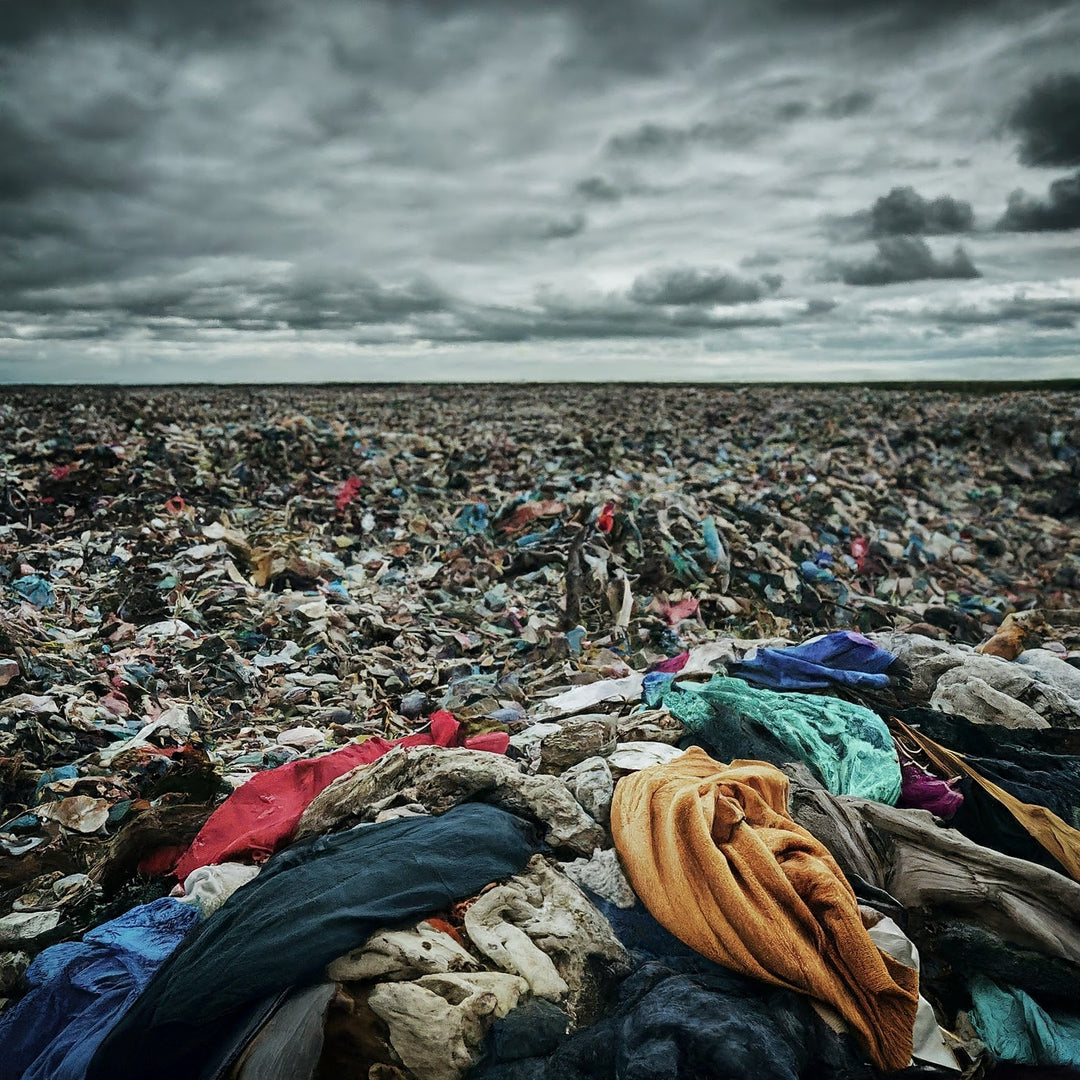Journal

Changing the fashion industry involves changing our clothing practices. It is about buying clothing because you like it and not because an Instagram influencer told you it was the must-have item of the season. It is about diversifying the supply chain and incorporating more recycled and environmentally friendly materials into our clothes.
The trends are all pointing towards an environmentally friendly fashion industry while still being chic and trendy.
In recent years, much of the world’s fashion production has been outsourced to developing countries. However, this doesn’t just affect emissions from shipment – developing countries also rely on fossil fuels to power the factories where garments are made, producing even more emissions.

The more clothing we wear, the more it ends up being thrown away. Fast fashion has drastically increased the amount of clothing we buy and wear – and how quickly it ends up in a landfill. We increasingly perceive garments as a disposable resource, one we can throw away and replace whenever we want.
Although the financial cost of a frequent disposal of clothing has gotten much more manageable; the environmental toll of this disposal is only increasing.
Currently, 85% of all rejected clothing ends up in a landfill or being incinerated. Only a small fraction is recycled, repurposed, or repurchased.

Although the carbon emissions produced during the production of the garments we wear are often overlooked, we must not forget about them when working towards a more sustainable lifestyle.

In the past two decades, fast fashion has dominated every aspect of the fashion industry and changed our view of buying clothes. The industry is based on a quick stock overturn, mainly achieved through consumers buying many clothes and discarding them soon to buy new ones—havoc for the environment and sustainability.
We've created this overview of fast fashion's environmental impacts to help you understand how it massively contributes to climate change by turning garments into fashion waste.



